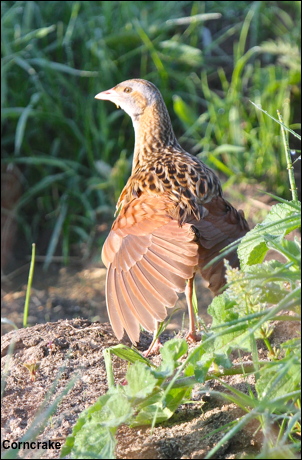There She Blows

I have never classed myself as a whale fanatic but all that changed on the Spitsbergen cruise when we twice encountered Blue Whales – the largest creature ever seen on Earth! At more than thirty metres long and coming close to the boat it was an incredible experience to watch them blowing and breaching unconcerned by our presence.This weeks gallery includes photos of the Blue Whales and some of the birds that we encountered close to the front of a glacier. click here


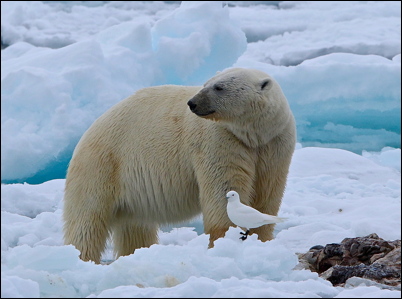
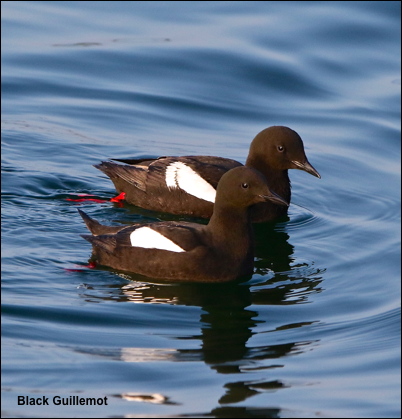
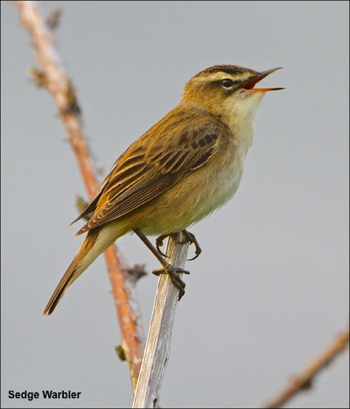
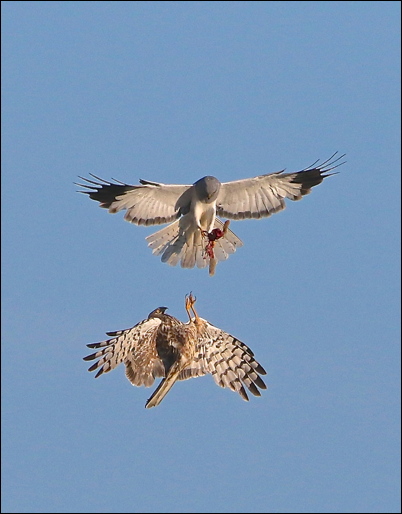 Prior to digital photography it was almost impossible to capture on film the moment that the female Hen Harrier is fed in mid-air by the male. It is the ultimate challenge for anyone licenced to film breeding Hen Harriers and I have already spent many fruitless hours trying to capture the ultimate picture.
Prior to digital photography it was almost impossible to capture on film the moment that the female Hen Harrier is fed in mid-air by the male. It is the ultimate challenge for anyone licenced to film breeding Hen Harriers and I have already spent many fruitless hours trying to capture the ultimate picture.